Description
5 Fieldbus network layer
5.1 mfb (master field bus) bus
The mfb bus is a field LAN bus and is connected between mp200, mp90, s400i/o, OPC (small control station) and the transmission system.
The mfb communication bus uses coaxial cables and twisted pairs. It connects the ci520/ci525/ci526 communication interface module and the
dstc452 modem. The ends of each twisted pair must be isolated, and the shielding layer of one end must be grounded. The communication of mfb
The rate is 375kb/s, its resistance is 75 ohms, and its hardware configuration is shown in Figure 3. The relevant system information of mfb is obtained from
the engineering station. The general order is time, information model, code, task number, sequence number, and data. It mainly displays the following states.
Code 20: cpu communication interface contact lost
Code 21: fatal hardware failure
Code 39: device/staTIon ok
Code 72: device/statIon address ok
Code 120: Process failure
Code-1: Execution error
Code -4: System error
Code -5: Minor system site error
Code-6: Communication failure
Code-9: Catastrophic bus failure
Code -10: Redundant cable interrupted
5.2 af100 (advant field)/mb90 (master bus) bus
The purpose of AF100/MB90 is to provide communication between multiple APC sites or between APC sites and ABB industrial system equipment. MB90 supports two different types of communication,
data processing and information sending. The data set is dynamic data. Use To monitor and control a certain processing process, this process uses service information for parameterization, program installation,
and diagnosis. AF100/MB90 is a high-performance regional bus capable of connecting up to 79 APC sites. The mb90 has a maximum length of 300 meters, and if equipped with appropriate signal cables and signal repeaters,
and long-distance configurations between individual transmission devices are available, up to 2000 meters. Technical characteristics of the bus
(1) Communication rate 1.5mbit/s
(2) Attenuation bus length <300m, proliferation delay <2000m
(3) Telegram length 2, 4, 6, 8,…32 bytes of user data.
(4) Identification code (telegraph code) range 1…4000
(5) Cycle time 2, 4, 8, 16, 32, 64, 128…2048 or 4096ms
af100/mb90 relies on a centralized bus manager. The bus manager functions are relatively complex and have many requirements.
For example, apc sites cannot be used as bus managers because they do not contain bus manager functions. To make communication between APCs via
AF100/MB90 possible, each solution (standalone and embedded) can be used to arrange the bus master of AF100/MB90. When the APCs start executing
their applications, the bus master must be operable, otherwise the data set function block within the apc branch will enter an error state when the locally
configured data set is not acknowledged by the bus manager within the specified time limit. , if the system has only apc site and no masterpiece is connected to mb90 or ac450 and af100, an independent bus manager should be installed.
The communication between ABB DCS and the transmission system (such as acv700/dcv700) is realized by relying on the drrtra (drive trans mi t) element and drrec (drive reciver) element shown in Figure 4 .
The drrtra (drive transmit) element is used to pass a given data set to the abb drive controller and select the control word and command word signal of the drive signal.
The definition of the control word and command word signal is given in the application drive software description. The drrtr element can generate different types of periodic
messages supported by the drive communication protocol. The destination of the signal is selected by the drive signal. The drrtr element can also write parameters. In the normal phase, the overload of drrtr can be detected.
The drrec (drive reciver) element is used to receive signals and control word values from the abb drive controller. The definitions of these signals are given in the application drive software description. The drrec element is just periodic information supported
by the drive connection protocol. The receiving data source is selected by determining the drive signal and signal index through the element input parameters. The drrec element also has access to parameters, and overloads of drrec can be detected during configuration.
Excitation system ABB module 3HAC13063-3
Excitation system ABB module 3HAC13055-1
Excitation system ABB module 3HAC13039-2
Excitation system ABB module 3HAC13031-4
Excitation system ABB module 3HAC13031-3
Excitation system ABB module 3HAC12998-1
Excitation system ABB module 3HAC12978-1
Excitation system ABB module 3HAC12965-1
Excitation system ABB module 3HAC12928-1
Excitation system ABB module 3HAC12837-7
Excitation system ABB module 3HAC12738-1
Excitation system ABB module 3HAC12738-1
Excitation system ABB module 3HAC12707-4
Excitation system ABB module 3HAC12707-4
Excitation system ABB module 3HAC12677-1
Excitation system ABB module 3HAC12677-1
Excitation system ABB module 3HAC12670-1
Excitation system ABB module 3HAC12651-2
Excitation system ABB module 3HAC12609-3
Excitation system ABB module 3HAC12591-2
Excitation system ABB module 3HAC12532-1
Excitation system ABB module 3HAC12483-1
Excitation system ABB module 3HAC12475-6
Excitation system ABB module 3HAC12434-1
Excitation system ABB module 3HAC1236-1
Excitation system ABB module 3HAC12311-50
Excitation system ABB module 3HAC12271-2
Excitation system ABB module 3HAC12147-1
Excitation system ABB module 3HAC12146-4
Excitation system ABB module 3HAC12120-1
Excitation system ABB module 3HAC11928-1
Excitation system ABB module 3HAC11911-2
Excitation system ABB module 3HAC11819-1
Excitation system ABB module 3HAC1179-1
Excitation system ABB module 3HAC1177-1
Excitation system ABB module 3HAC11761-1
Excitation system ABB module 3HAC11720-1
Excitation system ABB module 3HAC11668-1
Excitation system ABB module 3HAC1164-1
Excitation system ABB module 3HAC11601-1
Excitation system ABB module 3HAC1150-1
Excitation system ABB module 3HAC11488-1
Excitation system ABB module 3HAC11482-1
Excitation system ABB module 3HAC11283-2
Excitation system ABB module 3HAC11282-2
Excitation system ABB module 3HAC11282-1
Excitation system ABB module 3HAC11068-1
Excitation system ABB module 3HAC11060-1
Excitation system ABB module 3HAC1103-1
Excitation system ABB module 3HAC10996-1
Excitation system ABB module 3HAC10939-8
Excitation system ABB module 3HAC10847-1
Excitation system ABB module 3HAC10847-1
Excitation system ABB module 3HAC10834-1
Excitation system ABB module 3HAC10828-16
Excitation system ABB module 3HAC10828-15
Excitation system ABB module 3HAC10814-1
Excitation system ABB module 3HAC1079-1
Excitation system ABB module 3HAC10746-7
Excitation system ABB module 3HAC10746-6
Excitation system ABB module 3HAC10674-1
Excitation system ABB module 3HAC10592-1
Excitation system ABB module 3HAC10583-7
Excitation system ABB module 3HAC10583-5
Excitation system ABB module 3HAC10583-4
Excitation system ABB module 3HAC10583-3
Excitation system ABB module 3HAC10583-2
Excitation system ABB module 3HAC10583-16
Excitation system ABB module 3HAC10583-14
Excitation system ABB module 3HAC10583-12
Excitation system ABB module 3HAC10557-1
Excitation system ABB module 3HAC10543-1
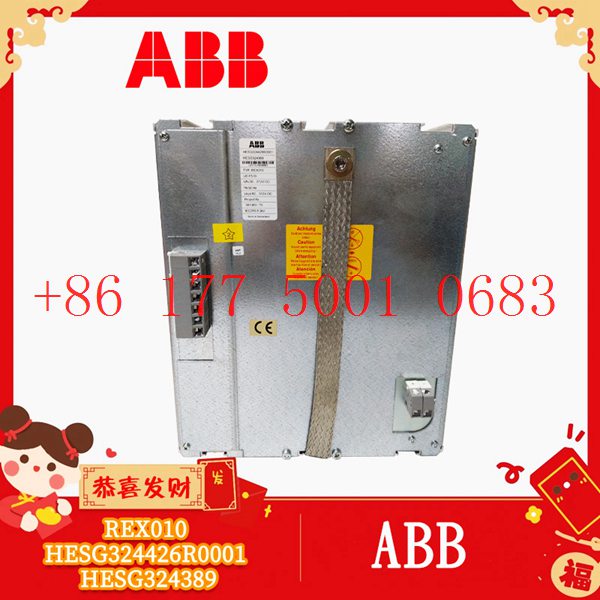
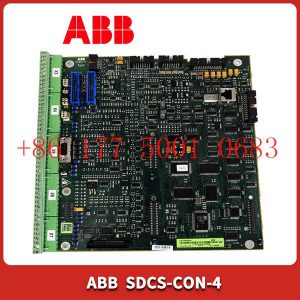
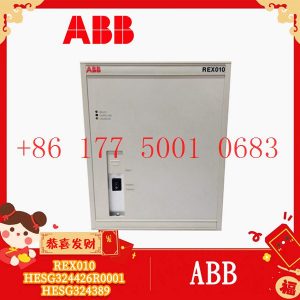
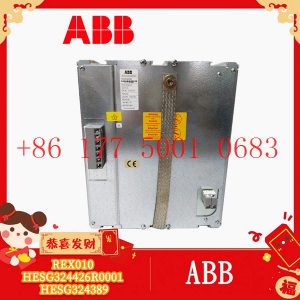
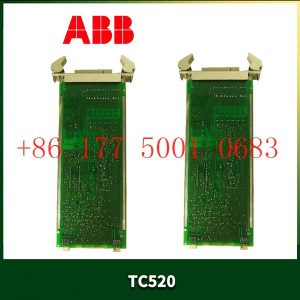




Reviews
There are no reviews yet.